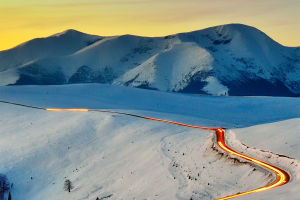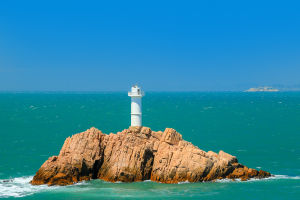National parks in the United States are some of the most beautiful and unique protected areas in the world.
With 63 national parks, these natural wonders are managed by the Department of the Interior under the National Parks Administration. Each national park is established by Congress legislation, with the first one being Yellowstone National Park in 1872, signed into existence by President Ulysses Simpson Grant.
Other early parks included Mackinaw National Park (which had its national park status revoked in 1895), Rock River Park (later incorporated into National Capital Park), Sequoia National Park, and Yosemite National Park in 1890.
In 1916, Congress passed the Management Composition Act, which established the National Park Service to protect natural beauty, historic sites, and wildlife within these areas for recreational enjoyment.
This law aimed to preserve these areas from damage for future generations. Many national parks were established by the President under the Antiquities Act, which designated them as National Monuments Protected.
Seven national parks are equipped with National Protected Areas, six of which are in Alaska. Although national parks and national preserves are managed together, they are separate units, and the national park acreage in the table below will not include the acreage of the preserves.
The youngest national park in the United States is New River Gorge, established in 2020.
Criteria for selection as a national park include natural beauty, unique geological features, unusual ecosystems, and the feasibility of people recreating there (though not all criteria are considered simultaneously).
In contrast, National Monuments usually select sites based on historical or archaeological significance.
One of the most famous national parks is Sequoia National Park, also known as American Sequoia National Park, located in the beautiful state of California. It is known for its giant redwood trees, which are a must-see for anyone visiting the area.
The park is easily accessible by car from Los Angeles. In the summer, the weather in the mid-elevation areas of Sequoia National Park (4,000 to 7,000 feet) is characterized by warm days and cool nights, with occasional afternoon thunderstorms.
The average annual rainfall in these elevations is 40 to 45 inches, and most of the rain falls in the winter, leaving the areas covered with a thick layer of snow from December to May. However, temperatures rarely reach below freezing.
Another stunning national park is Colorado's Gunnison Black Canyon National Park, established on October 21, 1999.
It is located on the Ponzagante Plateau, which resembles a giant geological circular arena with hundreds of tall sandstone columns affected by erosion.
The earliest inhabitants of this area were Native Americans, who settled here after the Mormon pioneers. Black Canyon got its name because its steepness makes it difficult for sunlight to penetrate its depths.
As a result, the canyon is often shrouded in shadow, causing the rock walls to appear black.
The American Samoa National Park is the most southerly national park in the United States and includes the three islands of American Samoa, several protected coral reefs, tropical rainforests, volcanoes, and white sandy beaches. It is also home to the fox bat, the brown boobies turtle, and over 900 species of fish.
Overall, national parks are a vital part of America's natural heritage, providing beautiful and unique places for visitors to experience nature, learn about history, and appreciate the importance of conservation. Whether you're looking for majestic redwoods, stunning canyons, or beautiful beaches, there's a national park for everyone to explore and enjoy.


